
MOLINE, Ill. — The transit bill passed early Friday (Oct. 31) by Illinois legislators doesn’t just address the financial needs and governing structure of transit operations in the Chicago area. Tucked into the bill’s more than 1,000 pages are two provisions that legislators say should boost the long-running effort to launch rail passenger service between Chicago and the Quad Cities of Moline and Rock Island, Ill., and Davenport and Bettendorf, Iowa.
KWQC-TV reports that at a Friday press conference, Sen. Mike Halpin (D-Rock Island) said the bill provides $475 million for the Chicago-Quad Cities project — and that money could help overcome long-standing issues that have stalled the service. Key among them are the need for a new connection between BNSF Railway and Iowa Interstate Railroad at Wyanet, Ill., and installation of positive train control on 53 miles of Iowa Interstate from that connection to the terminus in Moline. [See “Illinois touts funding for passenger rail …,” Trains.com, Oct. 17, 2025].
“We’ve really struggled to reach an agreement with Iowa Interstate,” said Halpin, “and put in some money, hoping that they would match. … With the money that is now added by this bill, we don’t necessarily have to wait for their OK. We have more leverage to get this job done under existing federal law. So it’s closer than it’s been, but there’s no timeline on it.”
The Quad Cities passenger project is not specifically mentioned in SB2111, but its supporters are citing two provisions allowing new use of transit money for rail service. One allows residual funds from the Downstate Transit Improvement Fund to be used for “intercity rail capital projects for connectivity between downstate communities and Chicago, including new destinations,” and allowing the state, beginning in fiscal 2026, to offer up to $342 million annually for intercity rail capital projects “that may include, but are not limited to, station upgrades, grade separations, and planning studies for new destinations.” Another provides for up to $134.7 million per year, beginning in fiscal 2026, for intercity rail passenger projects from the separate Downstate Mass Transportation Capital Improvement Fund.
Some $388.8 million, a combination of state and federal funding, has previously been allotted to the project. An Illinois Department of Transportation official has estimated it would cost at least $140 million for PTC installation between Wyanet and Moline, where a transit center stands ready for train service.
Study of Metra service to Kankakee among other provisions

Much of the massive 1,043-page bill defines the characteristics of the new Northern Illinois Transit Authority and its board, as well as the boards of Metra, the CTA, and Pace under the law’s restricting [see “Illinois legislature passes bill …,” Trains.com, Oct. 31, 2025]. And a large amount simply involves replacing all existing references in state law to the Regional Transportation Authority to instead include the NITA. However, other provisions of note include:
— A provision calling for a study of expansion of the Metra Electric Line from its current terminus in University Park, Ill., to Kankakee, Ill., some 25 miles to the south. This is outside of the current six-county area that is part of the Regional Transportation Authority, which the bill requires to be restructured as the Northern Illinois Transit Authority. An expansion could be an expensive proposition, given that University Park is the end of the double-track, electrified Metra right-of-way and the Canadian National right-of-way from there to Kankakee is almost entirely single track.
— A requirement that Metra implement a regional rail pilot program on its Rock Island District by 2027. The regional rail scheduling model involves more regular service throughout the day than commuter rail scheduling, which concentrates more service in the morning and evening rush periods.
— A planning study for improvements needed at the train station in Joliet, Ill., to determine improvements that would be needed for possible extension of passenger rail service to Peoria, Ill., and other locations outside the six counties of the RTA/NITA.
— Requirements for renovation or construction of Chicago Transit Authority stations near Central and Leclaire Avenues, where a Blue Line station was closed in 1973 and a Green Line station in Englewood.
— End of a prohibition on South Shore trains carrying passengers in Metra Electric territory between 57th Street and downtown Chicago.
The bill, passed in the early hours of Friday morning at the end of the legislature’s six-day veto session, now goes to Gov. JB Pritzker, who has said he will sign it into law.







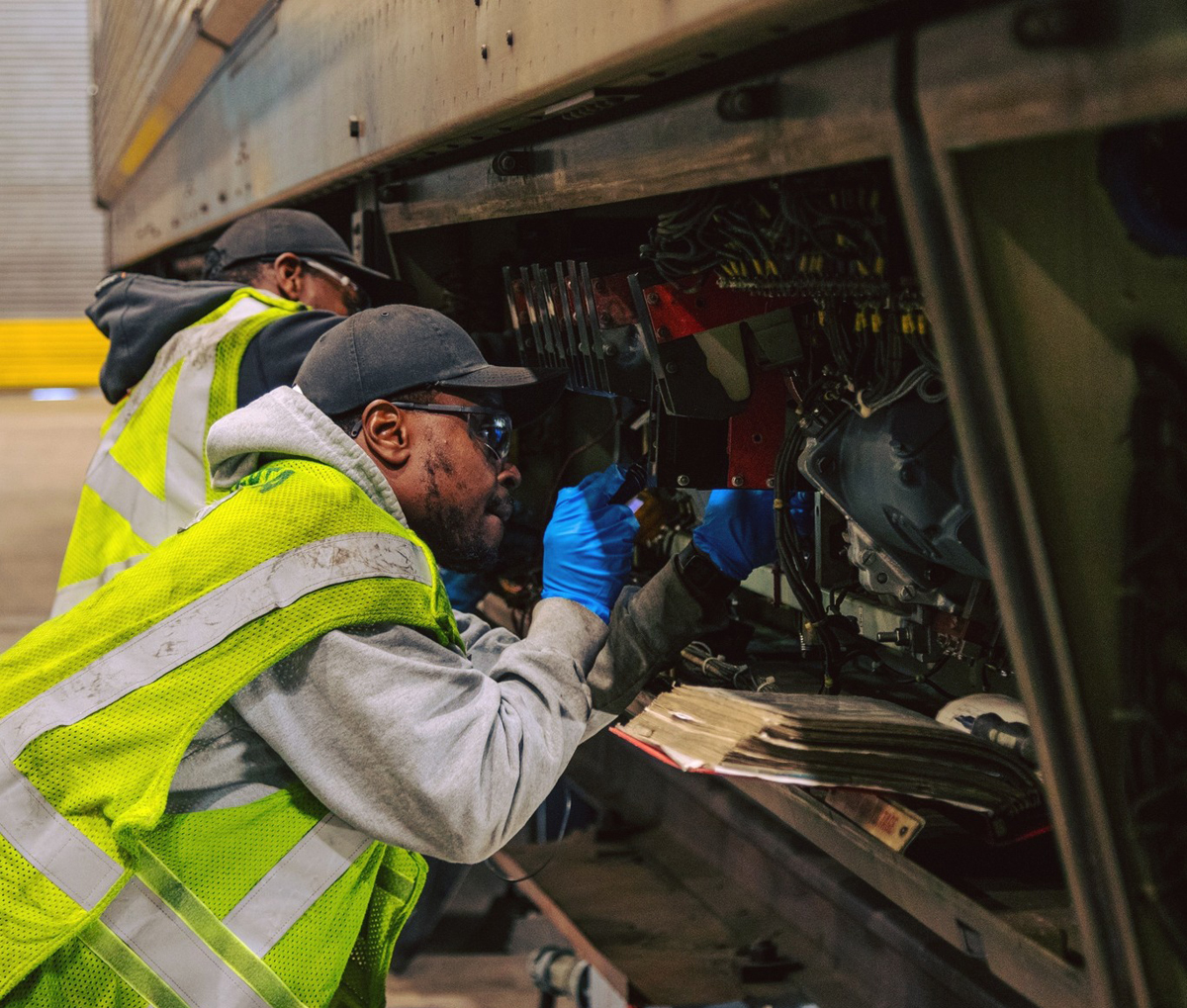
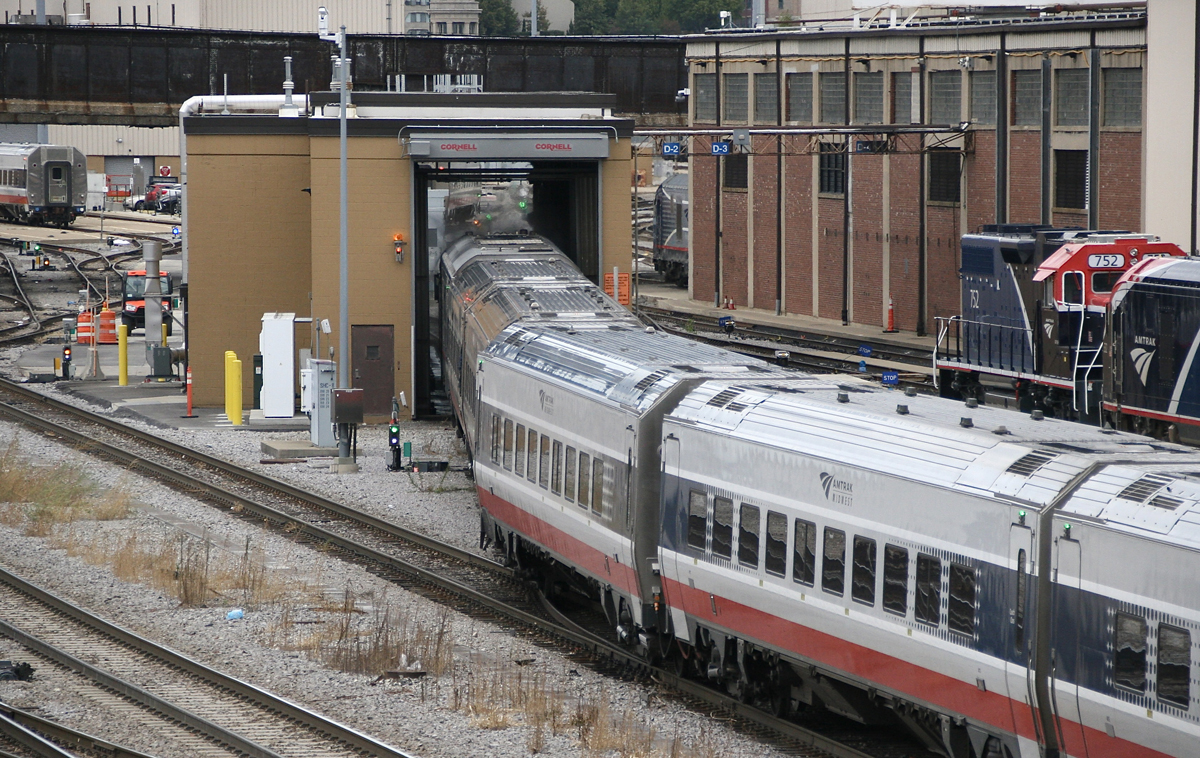
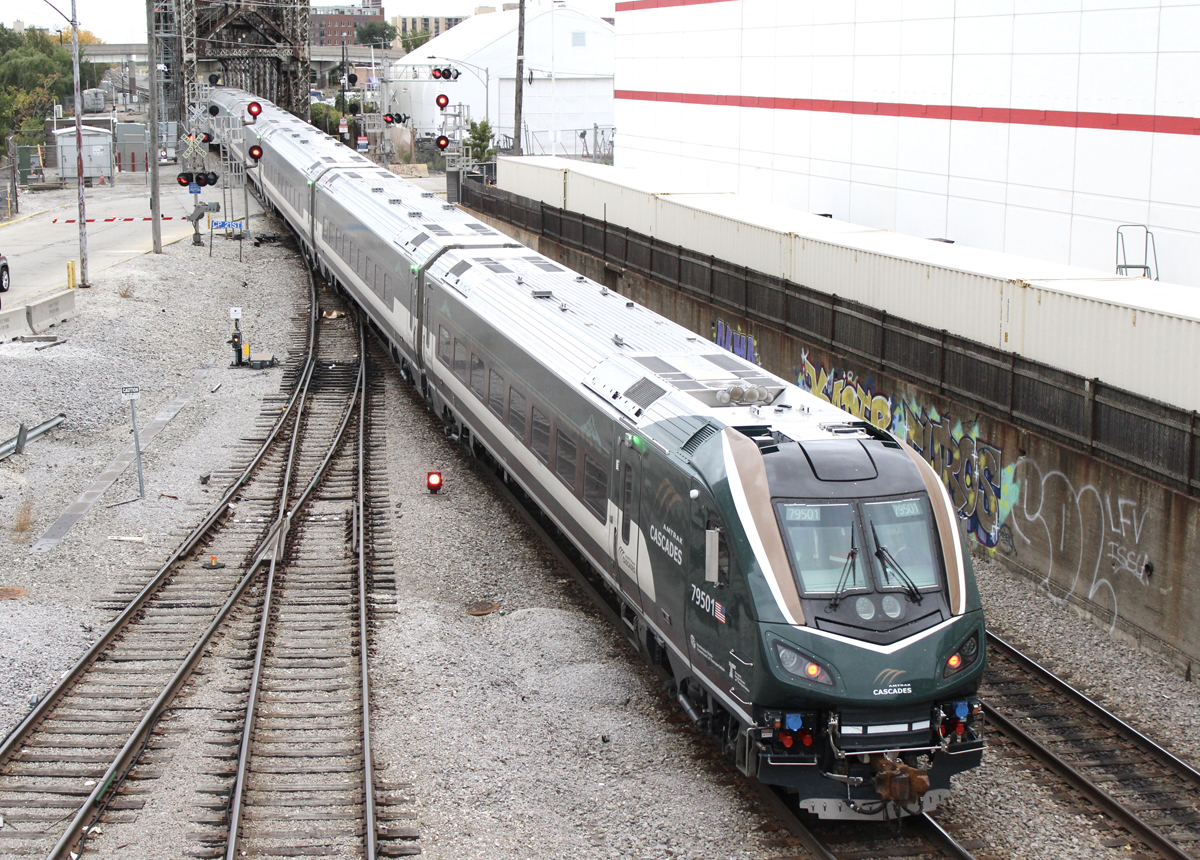

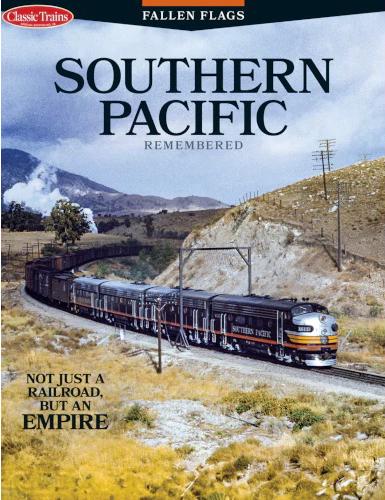

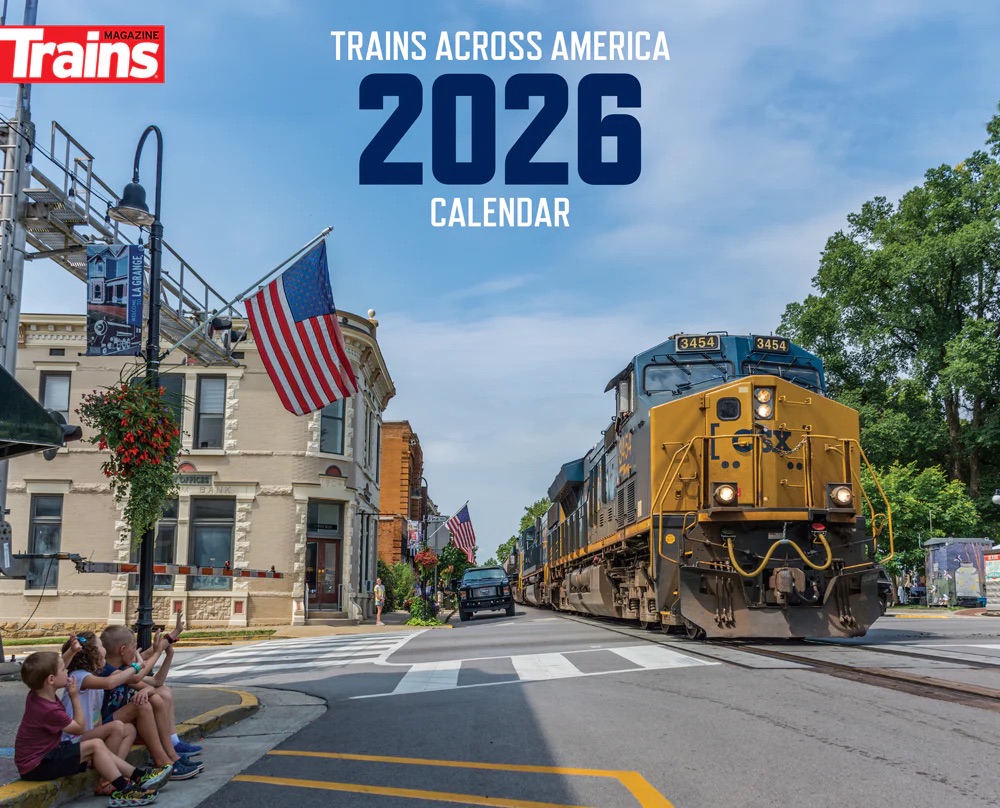
Take out your calculators and come up with the annual capital recovery for the Quad City trains. Then come up with a realistic annual passenger count. Divide the first number by the second. Then add in that ride’s share of O+M. That’s how much each ride will cost.
At one time or another I’ve ridden Illinois regional corridors. To Champaign, to Galesburg, to Bloomington Normal, to Kankakee, to Carbondale. Can’t say I was overwhelmed by the passenger count on average. Sure, people in the Quad Cities want a train. But how many riders at what cost.
Are those suggested calculations ever applied to any highway project? I think not.
In my local area of rural north central Ohio, I’ve witnessed rural 2-lane roads treated to superb paving improvements for traffic levels of perhaps a half dozen vehicles per hour.
THOMAS — There are a lot of highway projects in this country. To answer your question, in general highways are reconditioned or rebuilt for safety and maintainability, not capacity. I can’t speak to every SR in Ohio or every CTH in Wisconsin. It’s possible that in the case of most your rural highways the pavement was at the end of life.
For highways of higher echelon than your farm – to – market road, the traffic count might range from somewhere around 3,000 to 200,000 vehicles per day. Amtrak carries about 90,000 passengers per day, total from Miami to Vancouver, Maine to San Diego. All of Amtrak wouldn’t fill a suburban freeway in Ohio. That’s an ugly statistic for us rail advocated, but it’s a fact to deal with.